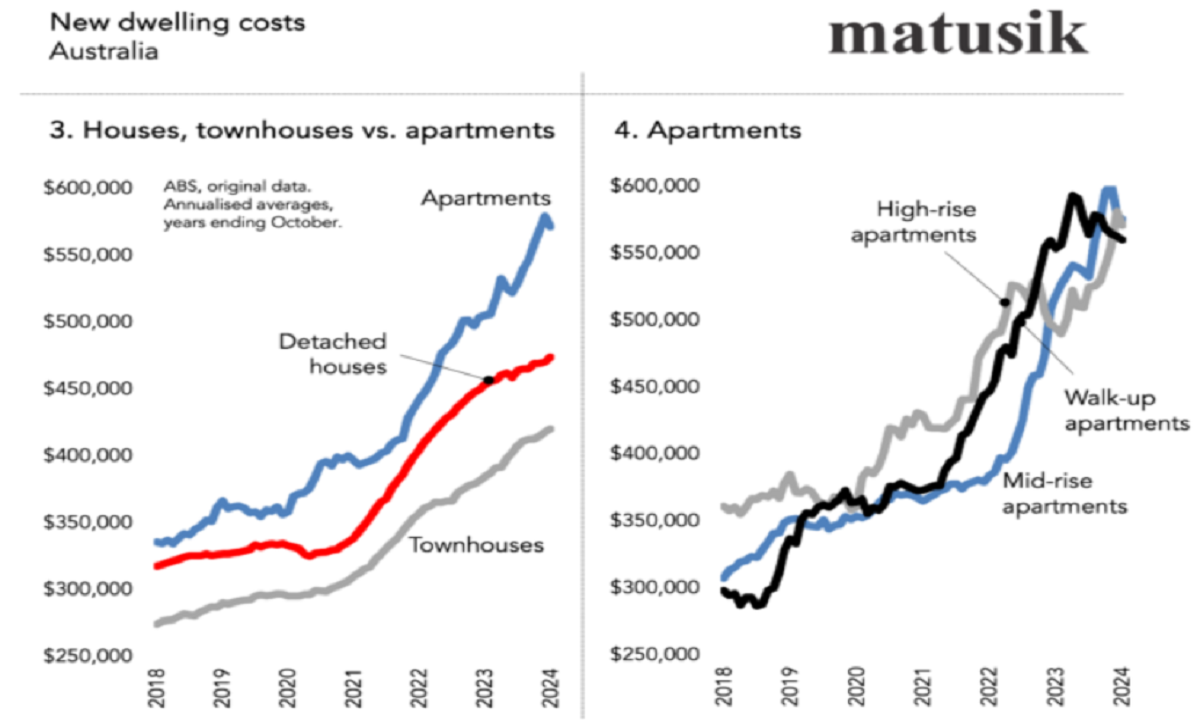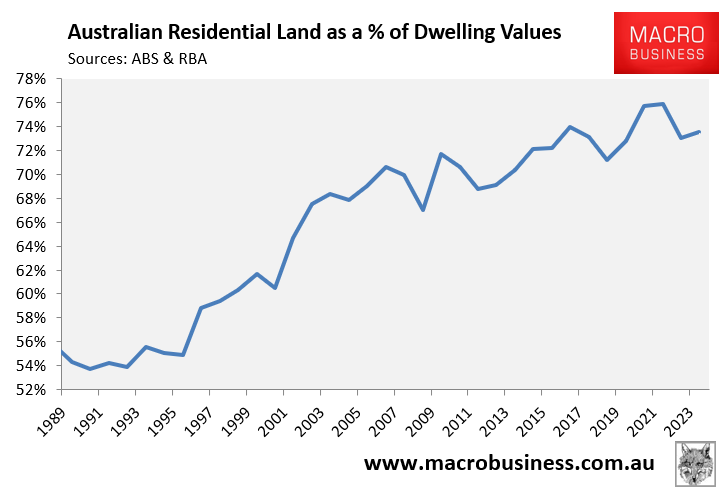Prefabricated housing is often touted as a solution to Australia’s housing affordability crisis.
This week, 9 News ran an advertorial on Australia’s budding prefabricated housing industry, which it heralded as “a potential new dawn for Australia’s housing crisis”.
These homes, which can be constructed in 10 to 12 weeks and can be “generally installed in one day”, are being supported by Commonwealth Bank, which is expanding its financing options for assessed off-site builders.
According to Grant Cairns from CBA, “Customers building with a CommBank‑assessed manufacturer like Modscape or Oly Homes will be able to access up to 80% of the contract value (or 150% of land equity—whichever is lower) in progress payments before the modular home is sat on the land”.
“For those working with non-assessed manufacturers, the support still covers up to 60% of contract value or 120% of land equity”.
“Together, we’re supporting modern construction methods that are shaping Australia’s housing future. Let’s build homes quicker, smarter, and for more people”, Cairns said via LinkedIn.
Speeding up construction times is obviously a good thing, especially given that the average time to build a detached house has risen to one year:

However, prefabricated housing is not cheaper. Modscape founder Jan Gyrn told 9 News that prefabricated housing “is not necessarily cheaper”, only faster.
Prefabricated housing also doesn’t solve the problem with apartments, which now take around 2.75 years to build and have experienced the largest cost increase.

Therefore, prefabricated housing represents a modest improvement on the status quo by speeding up construction times for lower-density housing. Doing so will also improve productivity, which is positive.
However, it won’t magically solve Australia’s housing affordability crisis.
The land under the house will also remain exorbitantly expensive.


